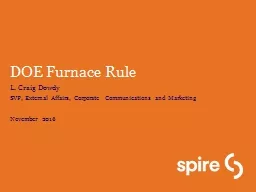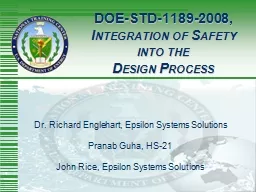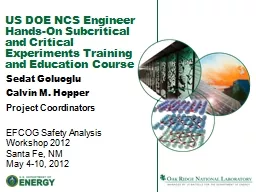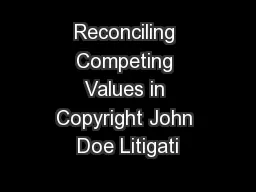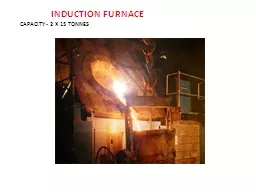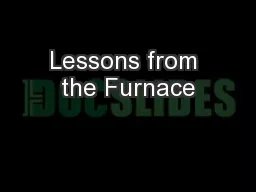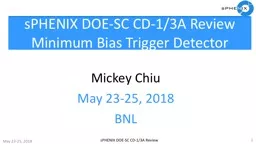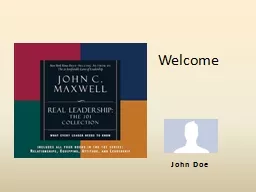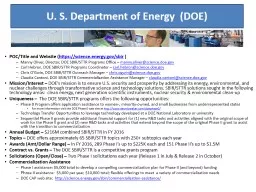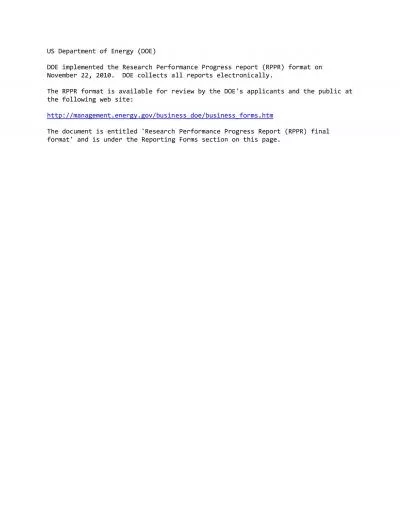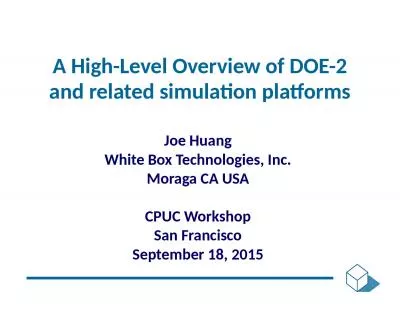PPT-DOE Furnace Rule
Author : stefany-barnette | Published Date : 2017-04-14
L Craig Dowdy SVP External Affairs Corporate Communications and Marketing November 2016 Spire DOE Furnace Rule 2 Natural Gas Heating Despite its affordability
Presentation Embed Code
Download Presentation
Download Presentation The PPT/PDF document "DOE Furnace Rule" is the property of its rightful owner. Permission is granted to download and print the materials on this website for personal, non-commercial use only, and to display it on your personal computer provided you do not modify the materials and that you retain all copyright notices contained in the materials. By downloading content from our website, you accept the terms of this agreement.
DOE Furnace Rule: Transcript
Download Rules Of Document
"DOE Furnace Rule"The content belongs to its owner. You may download and print it for personal use, without modification, and keep all copyright notices. By downloading, you agree to these terms.
Related Documents

